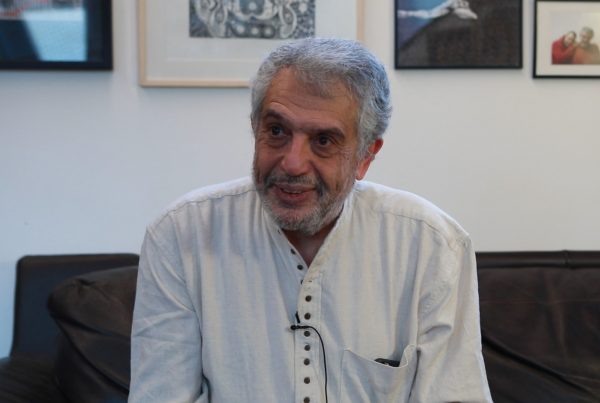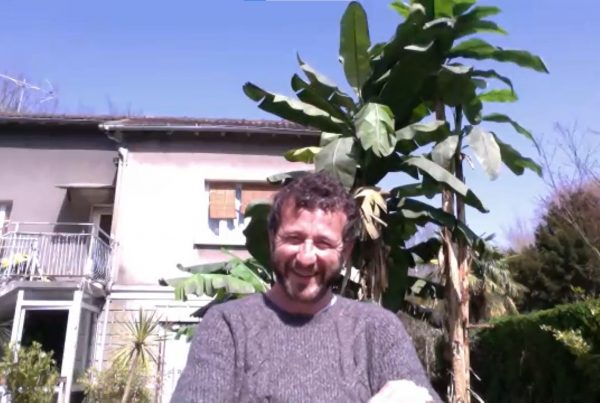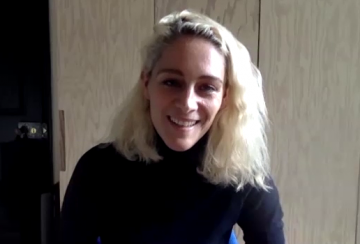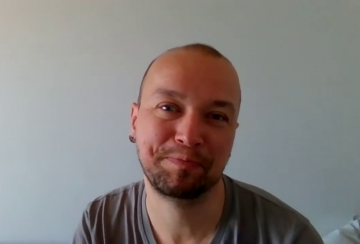Jean-Baptiste Braud – In The Still Night
After a brilliant first short film avalaible on Mycanal.fr, Jean-Baptiste Braud tells us how he shot his picture in Japan.
Par Jacques Braunstein
![]() Reading time 6 min.
Reading time 6 min.
How did you get the idea to direct your short in Japan ?
I went alone to Japan with the desire to shoot everything, as it is an inspiring country. It is the last exotic industrialized country, like a parallel universe. In japan, the quiproquo is constant. It is not a humorous cliché, you really feel disconnected. I met people from Pen Magazine, a wonderful international periodical about art of living and culture, close to a Japanese Vanity Fair. I showed them my productions for Canal + digital medias. They were quite surprised…Surprised, for instance, we could make TV, press and web video in the same time, like Clique.tv (Mouloud Achour’s media).
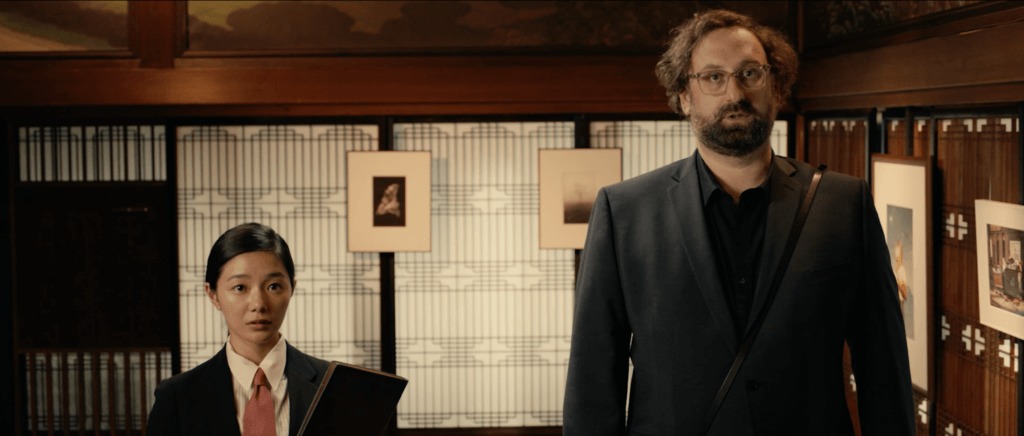
In the Still Night is an imaginary auto-fiction.
We are far from Cinema.
Pen wanted to be more visual for their new international media therefor I offered them a tv-show called “Paris-Tokyo”, about creatives, in various fields, who are living or lived in both cities, talking about their relation with the cities and their inspirations. They offered a very low budget (which I accepted unquestioningly) and I shot the first two episodes with Ramdam Touhami and André Saraiva, both highly popular in Japan. It was the first time I directed and I made micro-documentaries. That is when I established my production team, people who worked with me at Canal +. I directed eight “Paris-Tokyo” then I suggested Pen to get a foot into fiction with the scenario of In the Still Night. In the meantime, I had left Canal + and built my production company (Braud Films).
How was the scenario born ?
In the Still Night is a bit like an imaginary auto-fiction. It is a mix between several more or less personal stories. A break up inspire you to write and create. Even if this theme is a constant bedrock : the loved and lost one. You can see references to the Japanese cinema, like Ozu’s, in the precisely composed frames. It is dreamy, unconscious, you spend your time in the character’s mind like in Long Day’s Journey into Night. In the exhibition he is curating, the character shows totally depressing pictures. As he chose them, we are clearly in his head in the gallery.
This movie’s most obvious reference is clearly Lost in Translation by Sophia Coppola.
I never thought about Lost in Translation while writing or shooting, but when you see an American in a Hotel, you automatically think about it. Especially as, like Bill Murray, the main actor Eric Wareheim is physically funny and appealing… My main references are rather David Lynch, Ozu or Wes Anderson for their frame composition and attention to details.
How did you meet your main actor, Eric Wareheim ?
We met in Los Angeles. He is a French cinema fanboy even though he lives in LA, he is not into Hollywood system. He is a quite underground person. I first saw him in his duo Tim&Eric, then in Reality and Wrong Cops, two Quentin Dupieux’s film I love. And more recently in the tv show Master of None de Aziz Ansari (Netflix).
How did you get the idea to shoot in the Hotel Gajoen Tokyo ?
I made the same trip to this hotel as the character did, and I found it fabulous, without getting lost like him. Pen magazine told me about a hotel craving for a French opinion, which is valued there. The hotel is not a big one according to Japanese standards, but the resort around it is huge with old buildings such as the shop mall one. Everything was shot in this hotel full of various moods like a real film studio.
Was is complicated to shoot with them ?
In japan, it’s quite informal, you don’t sign contracts. It’s all based on the idea of honor which is way more efficient than any kind of contract. It is rather different from the American way of securing everything with a contract. The only issue being shooting in a hotel. There is a constant flow of people. We had to block the main access in the middle of the day.
Did you have a big crew ?
My short film is a coproduction with Pen Film (media’s cinema label). The artistic team was mainly French : the Director of Photography (Athys de Galzain) and the art director (Gilles de Bagneaux)… I prepared and edited the film in France but I had a Japanese production director. On set, we were around twenty people. We filmed fifteen shots a day. Preparation was essential, shooting is the easiest part. Nothing was left to chance, to improvisation. As the time was short, we were highly organized between French and Japanese teams. We understood each other without any words (only heads of departments spoke English) but sometimes with the storyboard and shot maps.
Why Japan ?
I am in love with Japanese films, I love its minimalism, its complex sparseness. I also love the romanticism of French arthouse cinema and also the efficiency and pragmatism of American films. I felt it was interesting to keep these three inspirations in mind. I hoped it would create a surprising creation. Then everything followed smoothly. The Japanese liked seeing a French movie in their home country and Eric Wareheim would rather shoot in Tokyo than Pantin, obviously.
What is your next project ?
I am preparing a short film in a sacred mountain in Japan about voluntary disappearance.
Voir aussi

